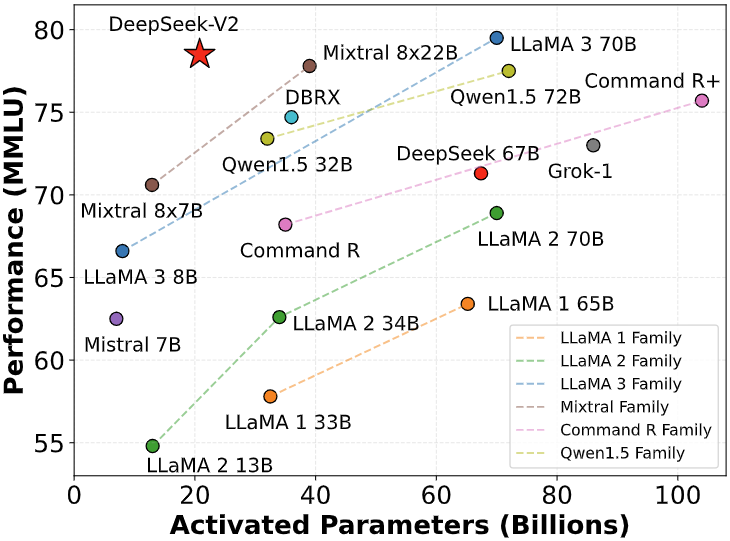
Zami
FollowOverview
-
Date de fondation 8 février 2013
-
Secteurs Commerce
-
Posted Jobs 0
-
Vues 72
L'entreprise
What Is Expert System (AI)?

The concept of « a machine that thinks » go back to ancient Greece. But since the introduction of electronic computing (and relative to a few of the subjects gone over in this article) important events and turning points in the evolution of AI consist of the following:

1950.
Alan Turing releases Computing Machinery and Intelligence. In this paper, Turing-famous for breaking the German ENIGMA code during WWII and typically described as the « dad of computer system science »- asks the following concern: « Can machines think? »

From there, he offers a test, now notoriously called the « Turing Test, » where a human interrogator would try to distinguish in between a computer and human text action. While this test has undergone much analysis considering that it was published, it stays a vital part of the history of AI, and a continuous idea within philosophy as it around linguistics.
1956.
John McCarthy coins the term « expert system » at the first-ever AI conference at Dartmouth College. (McCarthy went on to develop the Lisp language.) Later that year, Allen Newell, J.C. Shaw and Herbert Simon create the Logic Theorist, the first-ever running AI computer system program.
1967.
Frank Rosenblatt builds the Mark 1 Perceptron, the very first computer system based on a neural network that « learned » through experimentation. Just a year later on, Marvin Minsky and Seymour Papert publish a book entitled Perceptrons, which becomes both the landmark work on neural networks and, at least for a while, an argument against future neural network research study efforts.
1980.
Neural networks, which utilize a backpropagation algorithm to train itself, ended up being widely used in AI applications.
1995.
Stuart Russell and Peter Norvig publish Expert system: A Modern Approach, which turns into one of the leading books in the study of AI. In it, they look into 4 prospective goals or definitions of AI, which separates computer system systems based on rationality and believing versus acting.
1997.
IBM’s Deep Blue beats then world chess champion Garry Kasparov, in a chess match (and rematch).

2004.
John McCarthy composes a paper, What Is Expert system?, and proposes an often-cited meaning of AI. By this time, the period of big information and cloud computing is underway, making it possible for organizations to manage ever-larger information estates, which will one day be used to train AI designs.
2011.
IBM Watson ® beats champs Ken Jennings and Brad Rutter at Jeopardy! Also, around this time, information science begins to emerge as a popular discipline.

2015.
Baidu’s Minwa supercomputer utilizes a special deep neural network called a convolutional neural network to recognize and categorize images with a greater rate of precision than the average human.
2016.
DeepMind’s AlphaGo program, powered by a deep neural network, beats Lee Sodol, the world champ Go gamer, in a five-game match. The victory is substantial provided the huge variety of possible relocations as the video game progresses (over 14.5 trillion after simply four moves). Later, Google bought DeepMind for a reported USD 400 million.

2022.
A rise in big language models or LLMs, such as OpenAI’s ChatGPT, creates a massive change in performance of AI and its potential to drive business value. With these new generative AI practices, deep-learning models can be pretrained on large quantities of data.
2024.
The newest AI trends indicate a continuing AI renaissance. Multimodal designs that can take several types of information as input are providing richer, more robust experiences. These designs unite computer system vision image recognition and NLP speech recognition abilities. Smaller designs are likewise making strides in an age of lessening returns with huge models with large specification counts.



